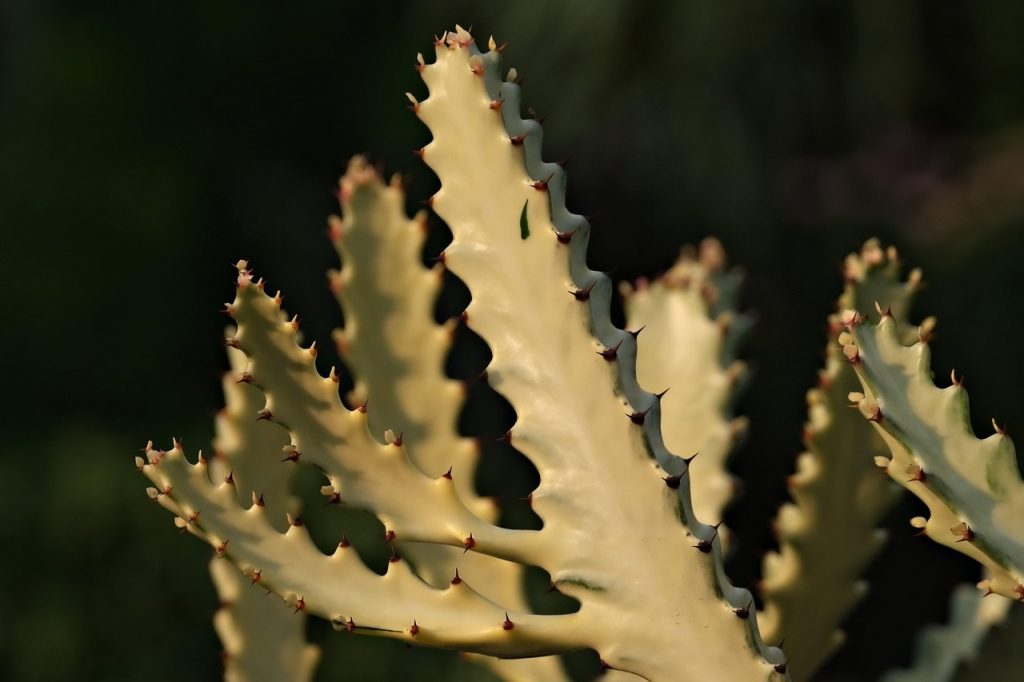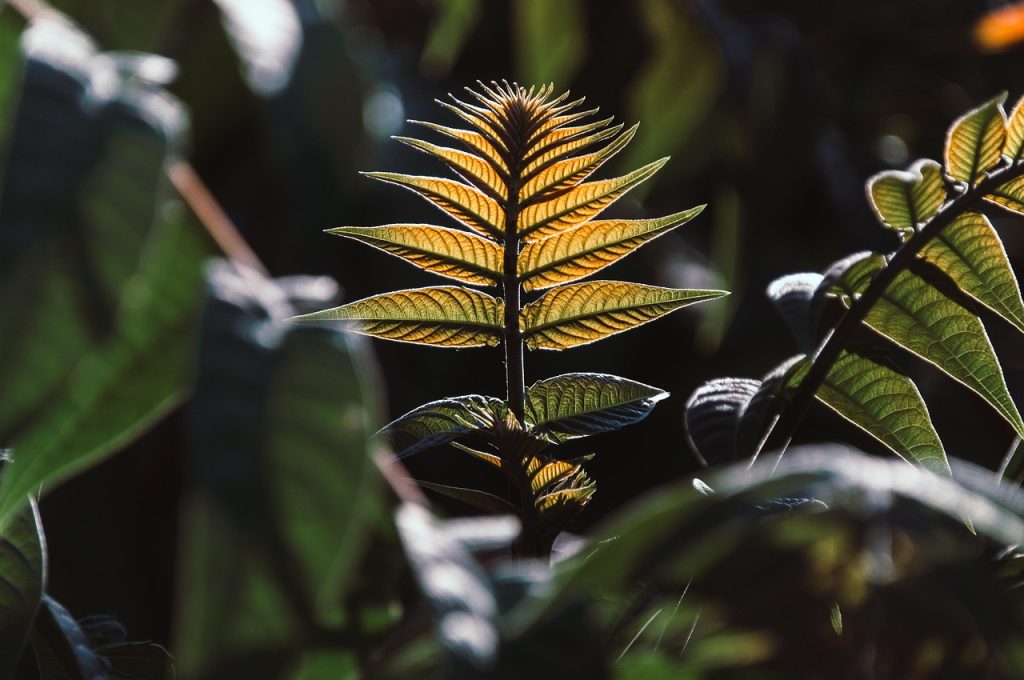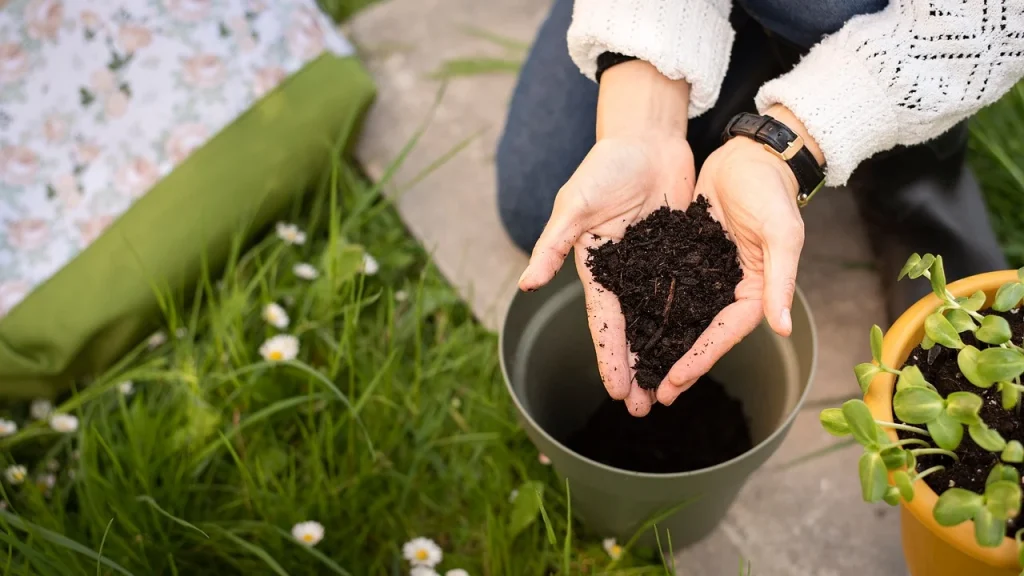Mezcal has taken the world by storm, becoming one of the fastest-growing spirits in the U.S. and beyond. With its smoky aroma, rich cultural history, and wide range of flavors, mezcal is more than just tequila’s cousin—it’s a category of its own. But with so many styles, production methods, and agave varieties, navigating the types of mezcal can feel overwhelming.
This ultimate 2025 guide breaks down everything you need to know about mezcal, its history, production process, classifications, and the most important types, so you can sip like an expert.

What is Mezcal?
Mezcal is a distilled alcoholic beverage made from the agave plant, primarily produced in Mexico. The name “mezcal” comes from the Nahuatl words metl (agave) and ixcalli (cooked). Tequila uses only blue Weber agave grown in specific regions, while mezcal draws from over 40 different agave species and offers a much broader flavor spectrum.
Unlike tequila, mezcal production often involves traditional methods, such as roasting agave hearts in underground pits lined with volcanic rock, which gives it that signature smoky taste.
Mezcal vs. Tequila: What’s the Difference?
| Feature | Mezcal | Tequila |
|---|---|---|
| Agave Used | 40+ species | Only Blue Weber Agave |
| Regions | Multiple (Oaxaca, Durango, Puebla, etc.) | Primarily Jalisco, limited regions |
| Production Method | Agave roasted in underground pits | Agave steamed in industrial ovens |
| Flavor Profile | Smoky, earthy, complex | Cleaner, often citrusy or herbal notes |
| Cultural Heritage | Ancient, artisanal traditions | Industrialized but regulated |
Mezcal Production Process
To truly appreciate the types of mezcal, you must understand how it’s made.
- Harvesting (Jima): Mature agave plants (8–15 years old) are hand-harvested.
- Cooking: The agave piñas are roasted in underground pits, giving mezcal its smoky essence.
- Crushing: Traditionally done with a tahona (stone wheel pulled by animals) or by hand.
- Fermentation: Natural fermentation occurs in wooden vats with wild yeasts.
- Distillation: Copper or clay pot stills are used, often distilled twice.
- Aging (optional): Producers bottle some mezcals immediately, while they age others in oak barrels.
Types of Mezcal by Agave Species
One of the most exciting aspects of mezcal is its diversity. Different agave species contribute distinct flavors:
- Espadín (Agave angustifolia):
- Most common (90% of mezcal).
- Flavor: Balanced, approachable, slightly smoky.
- Great for beginners.
- Tobalá (Agave potatorum):
- Known as the “king of mezcals.”
- Flavor: Fruity, floral, complex.
- Rare and expensive.
- Tepeztate (Agave marmorata):
- Wild agave with long maturity.
- Flavor: Herbaceous, spicy, intense.
- Arroqueño (Agave americana var. oaxacensis):
- Large agave takes up to 20 years to mature.
- Flavor: Bold, vegetal, with deep minerality.
- Madrecuixe (Agave karwinskii):
- Tall, stalk-like agave.
- Flavor: Dry, woody, and earthy notes.
- Cuishe/Barril (Agave karwinskii):
- Part of the same family as Madrecuixe.
- Flavor: Green, peppery, complex.

Types of Mezcal by Production and Aging
Similar to tequila, mezcal is also categorized by its aging process:
- Joven (Young/Blanco):
- Unaged or rested less than 2 months.
- Flavor: Fresh, vibrant, showcases raw agave.
- Reposado (Rested):
- Aged 2–12 months in oak barrels.
- Flavor: Smooth, with hints of vanilla and caramel.
- Añejo (Aged):
- Aged 1–3 years in oak.
- Flavor: Rich, smoky, with deep wood notes.
- Extra Añejo:
- Aged over 3 years.
- Flavor: Luxurious, complex, sipping mezcal.
Regional Types of Mezcal
Although mezcal can legally be produced in 9 Mexican states, each region has unique terroir and traditions:
- Oaxaca: Heart of mezcal production, home to Espadín and artisanal methods.
- Durango: Known for wild agaves like Cenizo; flavors are bold and mineral-rich.
- Puebla: Produces mezcals with a balance of fruit and smoke.
- Guerrero: Tropical climate leads to brighter, floral notes.
- San Luis Potosí: Often less smoky, lighter-bodied.
Certified vs. Artisanal vs. Ancestral Mezcal
Mezcal is officially classified into three main production styles:
- Mezcal (Industrial):
- May use modern machinery, autoclaves, stainless steel stills.
- Higher volume, less traditional.
- Mezcal Artesanal:
- Roasted in pit ovens, crushed by tahona, distilled in copper.
- Most common category.
- Mezcal Ancestral:
- Strict traditional methods: clay pot distillation, hand mashing.
- Extremely rare, highly valued.
Flavor Profiles of Mezcal
Mezcal’s flavor varies widely depending on agave type, region, and production method. Common tasting notes include:
- Smoky: From pit-roasting.
- Earthy: Soil and terroir influence.
- Herbal: Green, vegetal tones.
- Fruity: Citrus, tropical, or stone fruits.
- Spicy: Pepper, cinnamon, or chili notes.

Mezcal Cocktail Ideas
While mezcal is often sipped neat, it also shines in cocktails:
- Mezcal Margarita: A smoky twist on the classic.
- Oaxaca Old Fashioned: Mezcal, tequila, bitters, and agave syrup.
- Smoky Paloma: Mezcal, grapefruit soda, lime juice.
- Mezcal Negroni: Equal parts mezcal, vermouth, Campari.
Buying and Storing Mezcal
- Look for Certifications: Ensure it says “Mezcal” with a NOM identifier.
- Check Agave Type: Espadín for beginners, wild agaves for connoisseurs.
- Storage: Keep in a cool, dark place; once opened, finish within 1–2 years for best flavor.
Health and Cultural Aspects
- Moderation is Key: Mezcal typically has 40–55% ABV.
- Cultural Respect: Mezcal production is deeply tied to indigenous traditions. Supporting small producers preserves this heritage.
FAQs About Types of Mezcal
Reposado and Añejo mezcals are smoother due to barrel aging, while Joven is more raw and intense.
Not always. Some regions and producers achieve more subtle smoke, allowing fruity or herbal flavors to dominate.
Tobalá and Tepeztate are among the rarest, as they grow wild and take decades to mature.
Absolutely! It works beautifully in Margaritas, Palomas, and Old Fashioned variations.
Both typically have similar alcohol content (40–55% ABV), but mezcal often tastes stronger due to its smoky complexity.
Final Thoughts
Mezcal is not just a drink—it’s a cultural experience. From the diverse types of mezcal based on agave species to regional differences and artisanal traditions, every bottle tells a story of land, craftsmanship, and heritage.
Whether you’re a curious beginner or a seasoned enthusiast, understanding the classifications and varieties of mezcal will help you appreciate its unique beauty. In 2025 and beyond, mezcal continues to rise as a global spirit, offering something for everyone—from smoky sippers to adventurous cocktail lovers.